Project
Denton Golf Course
Great Crested Newt Pond Restoration & Creation
Client: Greater Manchester Ecology Unit
Final Value: £35,000
Start Date: Oct 2021
Finish Date: Feb 2022
Background
CCNW was appointed by Greater Manchester Ecology Unit to undertake the restoration of 9 ponds, and creation of a new Great Crested Newt pond on the site at Denton Golf Course.
Over the years, the existing ponds silted up and dominated pond species such as reedmace had covered the water surface and choked up the ponds. The ponds within the golf course supported a small population of breeding Great Crested Newts.
By carrying out the enhancement works, making the ponds deeper by desilting and re-grading the side of the ponds would create a better habitat environment and biodiversity for Great Crested Newts and other amphibians to breed in.
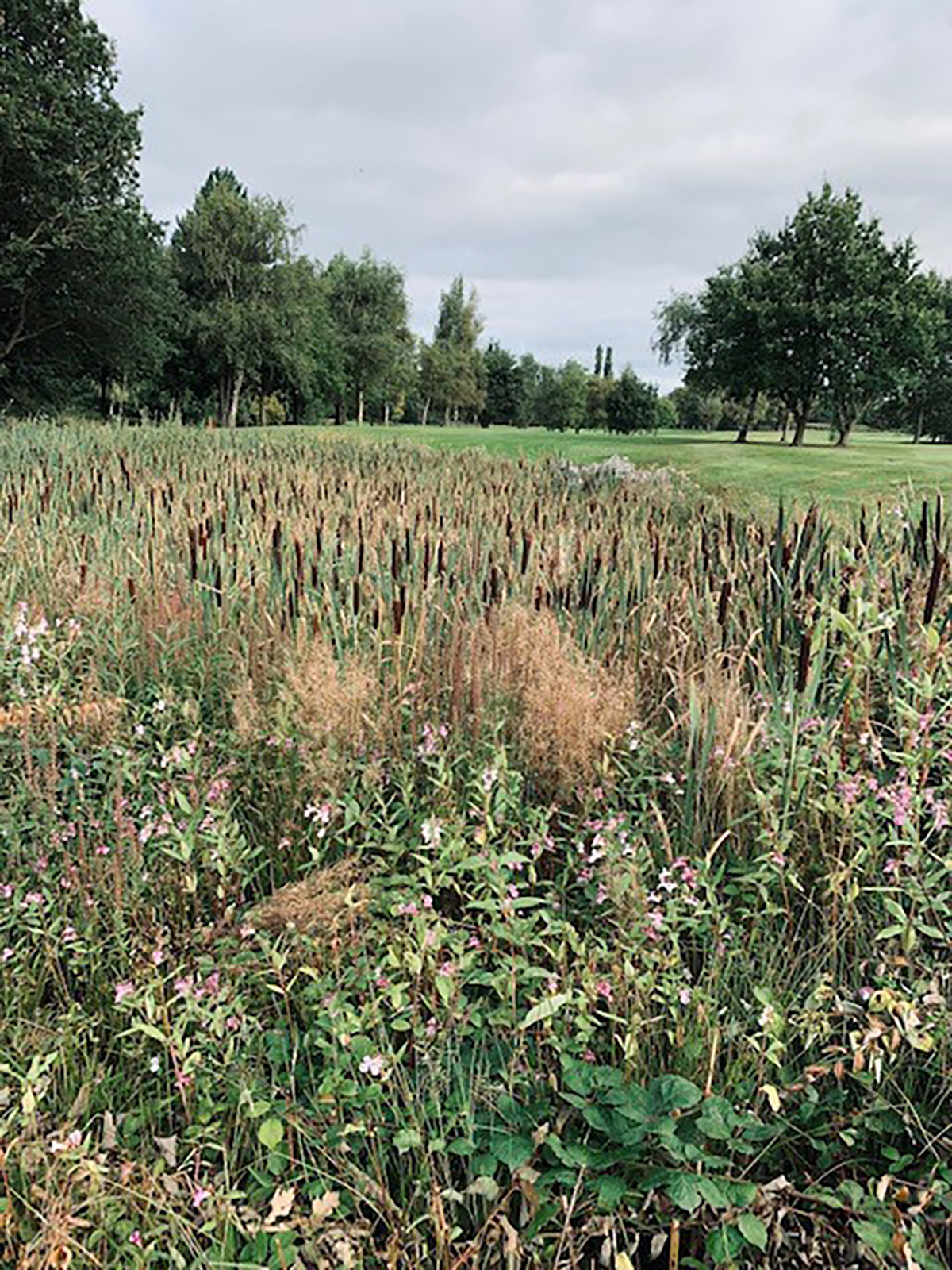
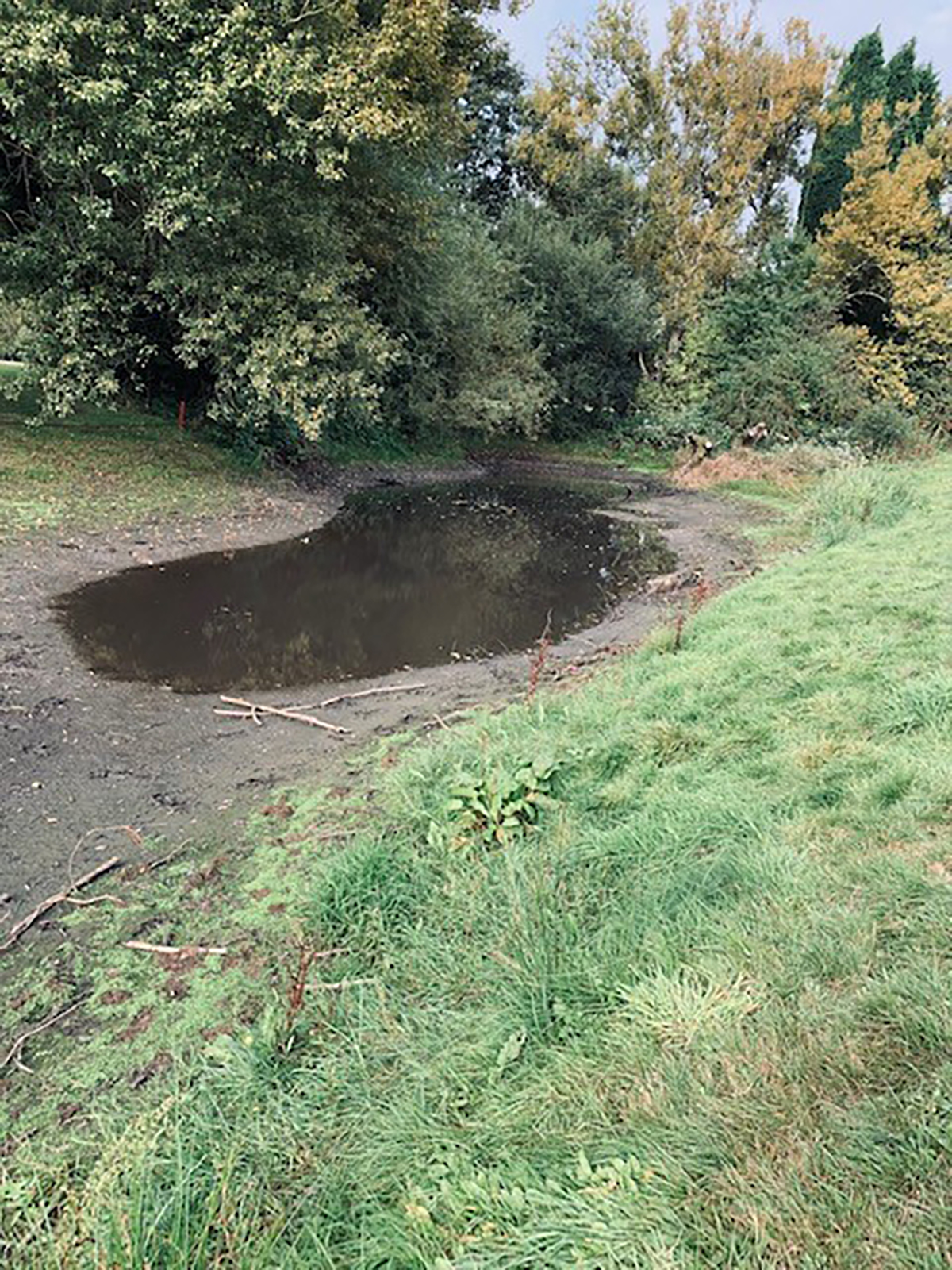
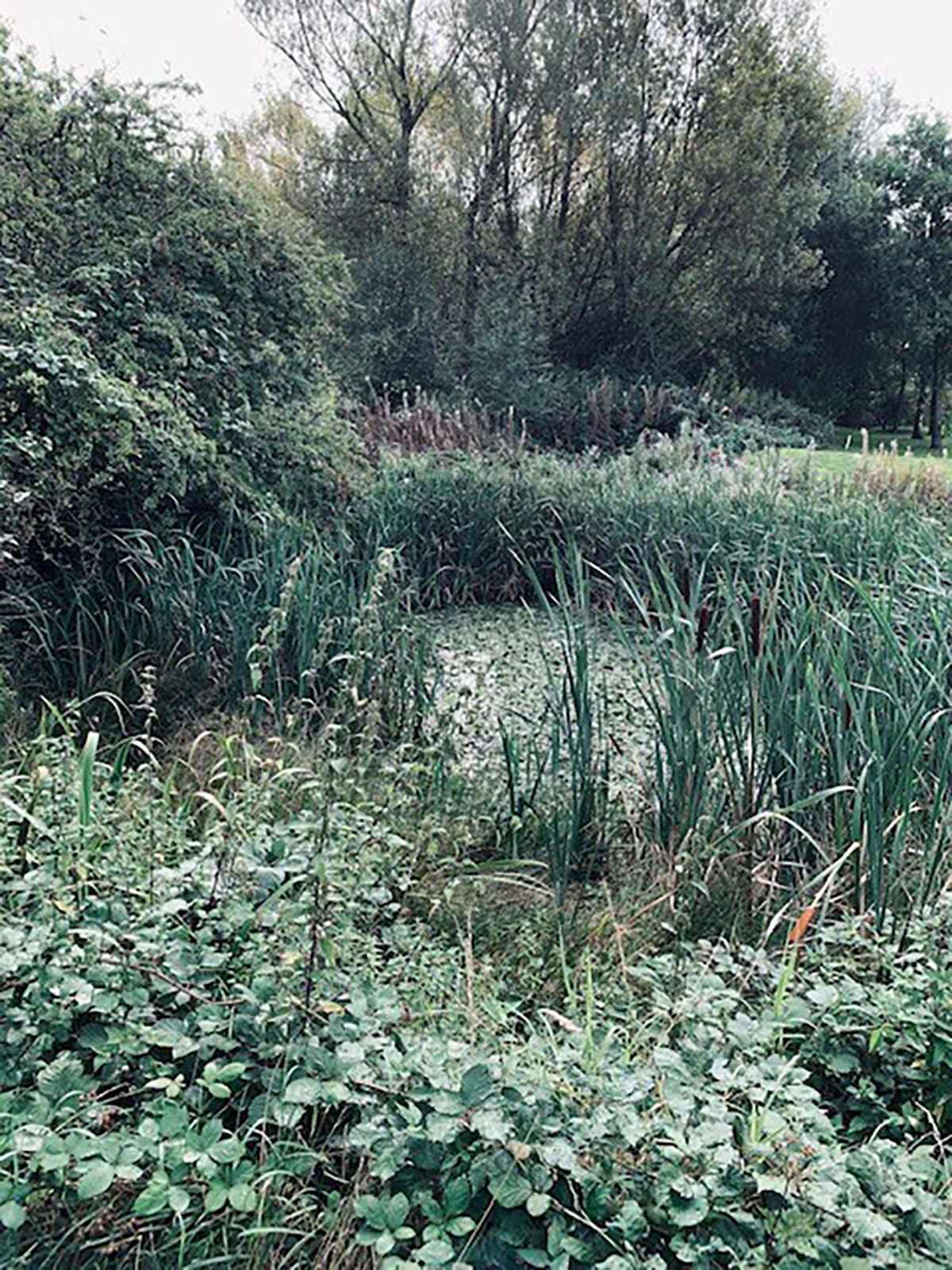
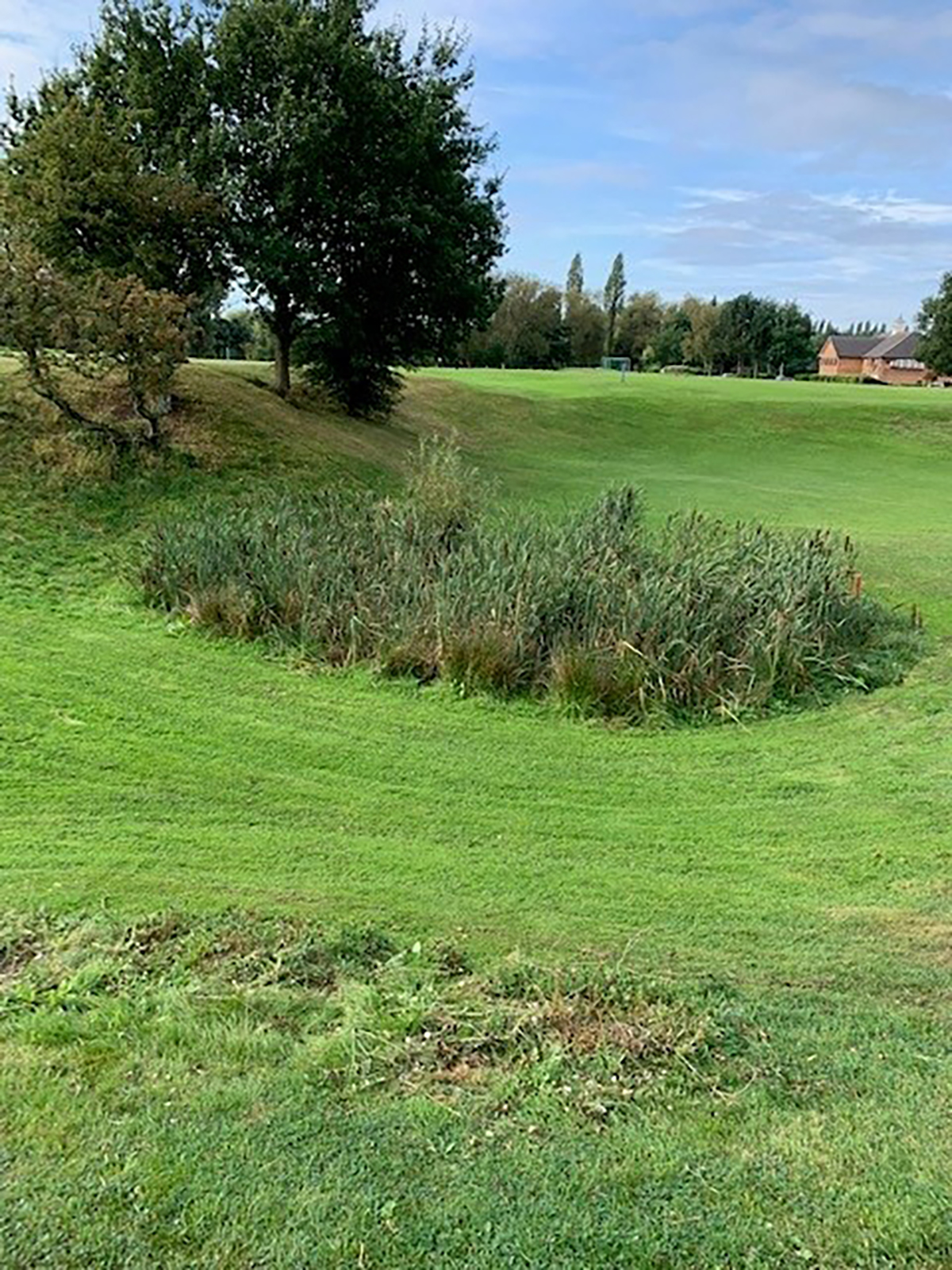
CCNW Solution
Pond No.1 -The restoration of this choked-up pond which had become dominated by two pond species, such as reedmace and rush plants. The works included the removal of all choked-up vegetation creating more open water within the pond leaving marginal plants such as Yellow Flag Iris and Purple Loosestrife and Marsh Marigold. In addition, the cutting back of willow and bramble, plus the removal of non-native Himalayan Balsam, was required.
All excavated materials/spoil from within the pond were transported across the fairway to the main woodland block and deposited and spread out evenly, building up low areas within the woodland.
The tracking over the fairway was achieved by installing track mats across the fairway, protecting and avoiding any damage to the golf green.
Pond No.2 – The restoration of this pond was to carry out the clearance and removal of overhanging tree branches and regeneration growth within the pond area, opening up and allowing more light into the pond area. All cut logs and brash were re-used in the construction of Hibernacula around the woodland block and adjacent to the pond.
The Hibernacula were constructed 2 meters high and 1.5 meters in length, and 2 meters wide.
The pond was deepened and desilted, and all the excavated spoil was placed within a lower depression at the far end of the pond. The spoil was shaped and keyed into existing banking, making the pond smaller. The CCNW team then planted up the pond using aquatic pond plants relocated from pond No. 3.
Pond No.3 – The restoration works on this pond were to remove two dominated reedmace and rush plants, plus some native pond plants creating more open water. The native pond plants were relocated within the newly reinstated ponds. CCNW engaged in some clearance works, which involved the removal of overhanging branches and tree regeneration growth within the designated area around pond No.3. All cut logs and brash were re-used in the construction of Hibernacula around the woodland block and adjacent to the pond.
Pond No.4 – Required the removal of dominated reedmace plants from within the pond leaving marginal plants such as Yellow Flag Iris and Purple Loosestrife. All excavated spoil was transported across the fairway, placed within the main woodland block, and spread out evenly within low areas.
Pond No.5 – The enhancement works to pond No.5 were to remove most of the dominated reedmace and rush plants within the pond. As part of the enhancement works to this pond, it was required to extend the pond area out within the low area adjacent to it, making it larger and creating a better diversity pond.
All excavated spoil was transported across the fairway, placed within the main woodland block, and spread out evenly within low areas.
Pond No.6 – The enhancement works to pond No.6 were to remove most of the dominated reedmace and rush plants within the pond. As part of the enhancement works to this pond, it was required to extend the pond area and make it deeper at one side, creating a better diversity pond for amphibians.
All excavated spoil was transported across the fairway, placed within the main woodland block, and spread out evenly within low areas.
Pond No.7– This existing pond was shaded over by large alder trees and had silted up and had shrubby vegetation and regeneration growth covering the sides of the pond. The CCNW tree team carried out the felling of selective trees and the removal of overhanging branches, leaving a buffer zone around the pond, opening up the canopy and allowing more light in the pond area. This has created a better wildlife environment.
The restoration of the pond was to make it deeper and to desilt it. All the excavated spoil was placed within the buffer zone on the pond’s outer edges. The spoil was shaped and keyed into the existing banking, making the pond appear bigger. After a day or so, the pond was planted up using aquatic pond plants relocated from pond No. 3.
All cut logs and brash were re-used in the construction of Hibernacula around and within the woodland block to the rear of the pond.
Pond No.8 – The enhancement works to pond No.8 was to remove most of the dominated reedmace within the pond. As part of the enhancement works to this pond, it was required to extend the pond area and make it deeper and bigger, creating a better diversity pond for amphibians.
All excavated spoil was transported across the fairway, placed within the main woodland block, and spread out evenly within low areas. Translocated marginal plants, such as Yellow Flag Iris and Purple Loosestrife from other ponds, were planted within the outer edges of the pond.
Pond No.9 – This existing pond was overgrown and shaded over by large alder and birch trees and had silted up with shrubby vegetation covering the sides of the pond. The CCNW tree team performed the felling of selective alder and birch trees and removed overhanging branches, including tree regeneration growth within a designated area to the rear and the sides of the pond. Thus, opening up the canopy and creating a lighter pond surface and a better wildlife environment.
The pond was deepened and desilted, to a max depth of 2 meters. The excavated spoil was placed on the out edges of the pond. The spoil was shaped and keyed into existing banking. An additional feature was to carry out the excavation of a new ditch line allowing free flow of surface water into pond No. 9.
Following this, CCNW planted up the pond using aquatic plants relocated from pond No. 3.
All cut logs and brash were re-used in the construction of Hibernacula around and within the woodland block to the rear of the pond.
Pond No.10 – This involved the creation of a new pond with approx. area of 150 square meters in size and was excavated to a maximum depth between 1.2 -2.5m.
Site clearance work was undertaken by removing a sycamore tree and willow trees. The pond was created with shallow areas, which are more valuable to wildlife and bank gradients of 1:10 or 1:20. All the excavated spoil was used to create bunds around the pond.
All remaining spoil was reused to cover any brash/hibernacula from clearance works. The pond was created to Habitat Creation and Restoration Guidance – district-level licensing for Great Created Newts specifications.
12 months later, GMEU returned to survey the ponds for the presence of GCN Great Crested Newts. Eight out of ten of the ponds had breeding Great Crested Newts in them, including the newly created pond No. 10.
Special Features
Waterways and Wetlands Management
Services
Great Crested Newt Habitat Management
Pond Restoration
Pond Creation
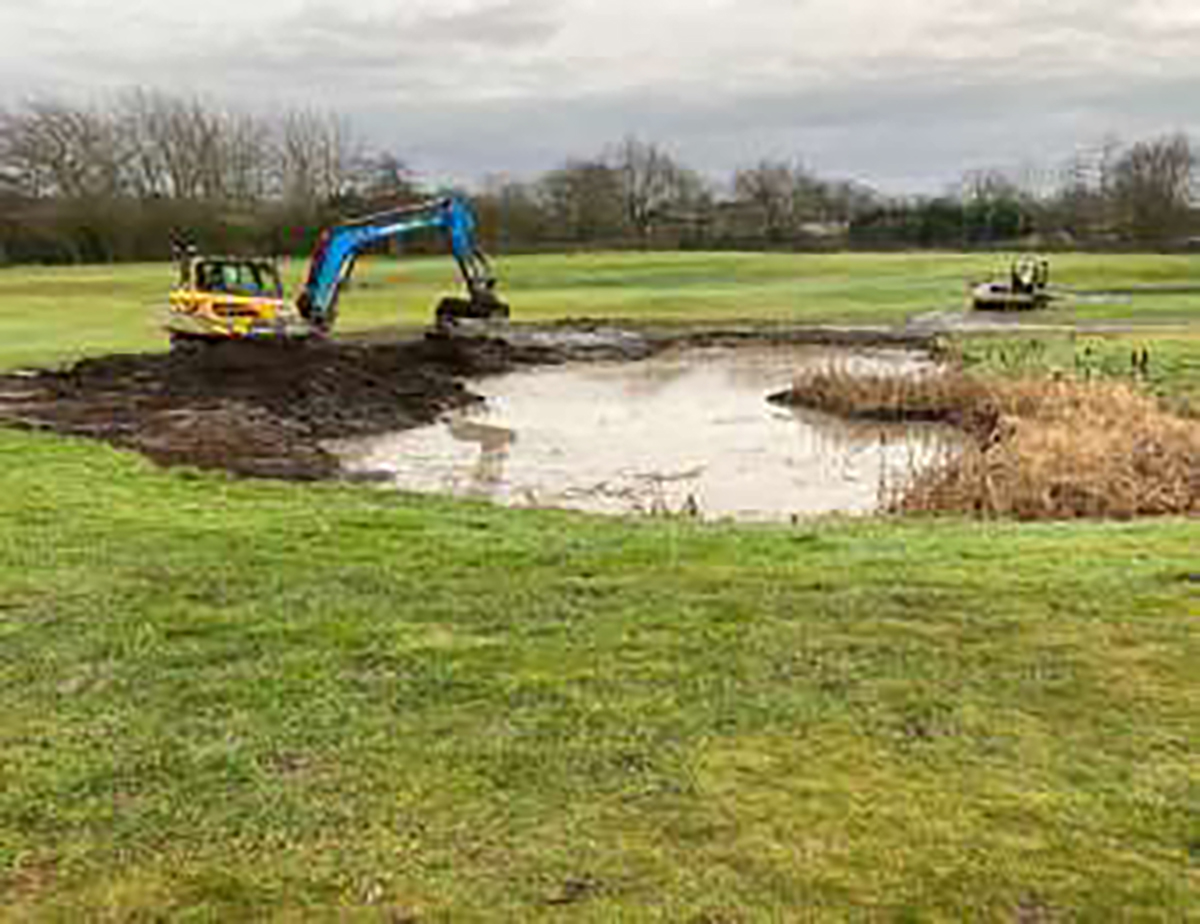
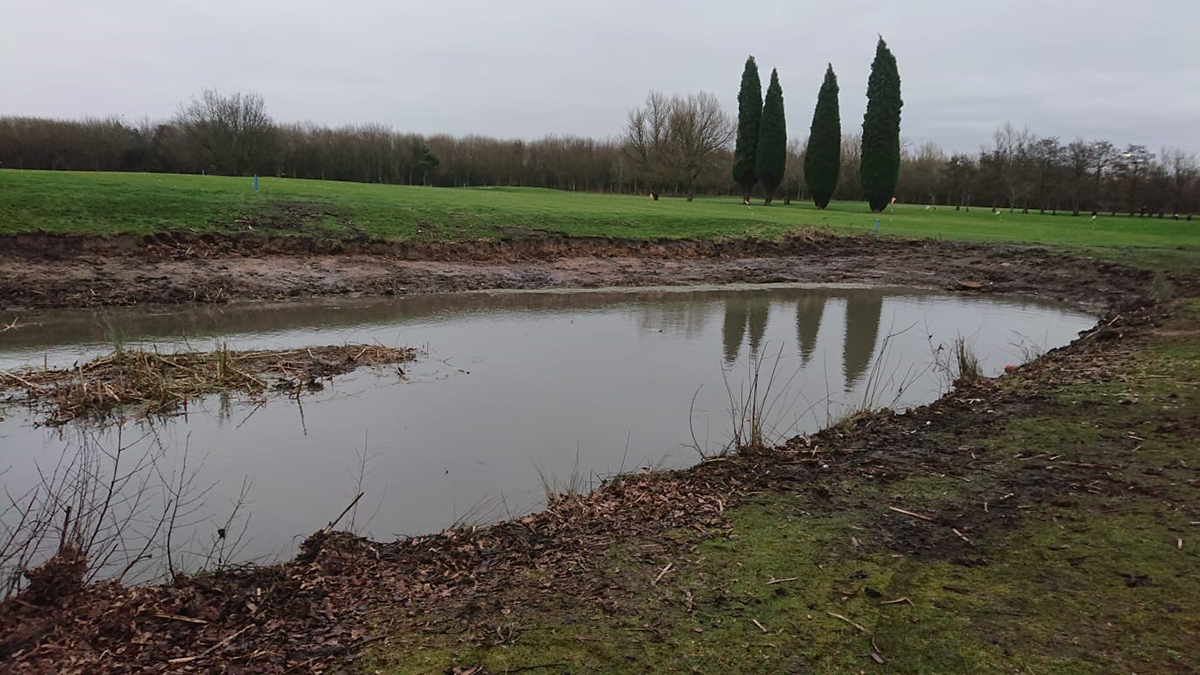
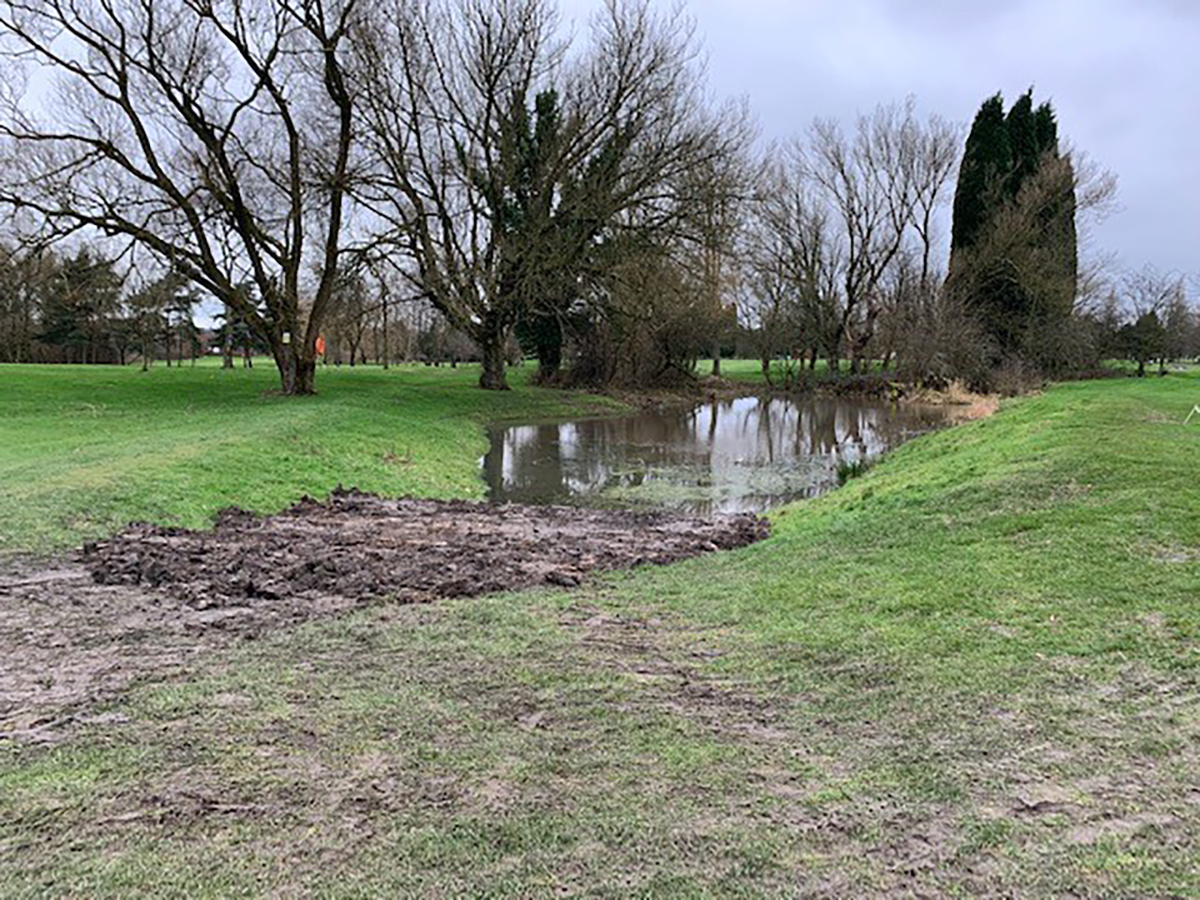
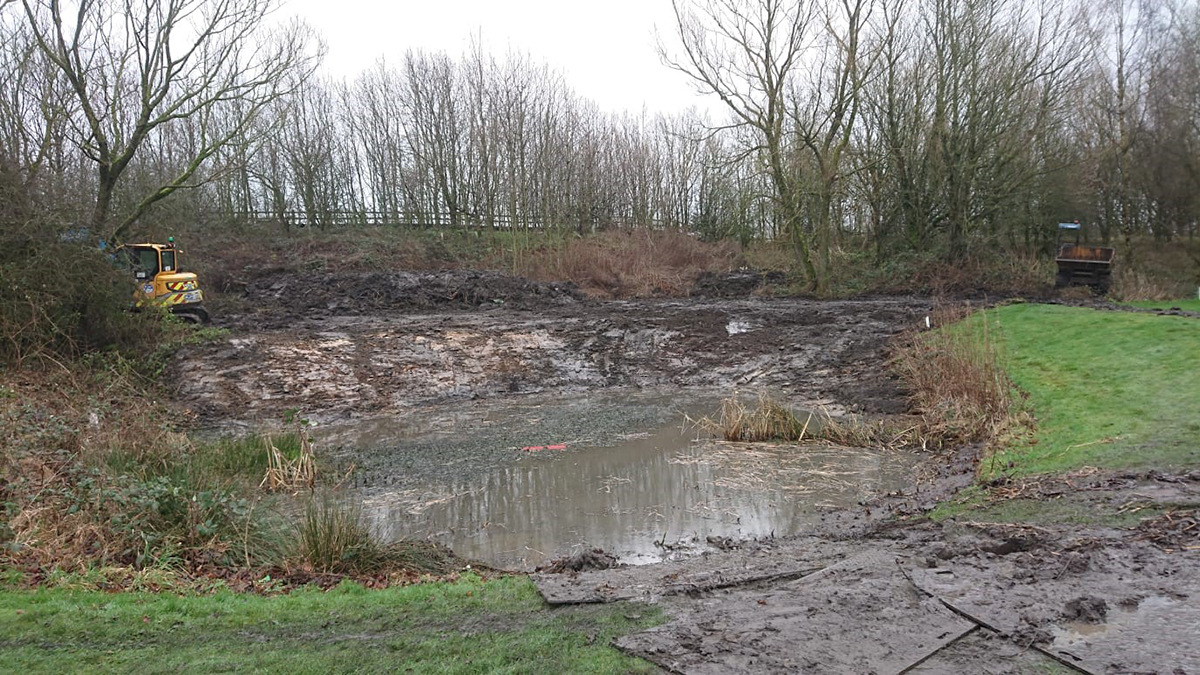
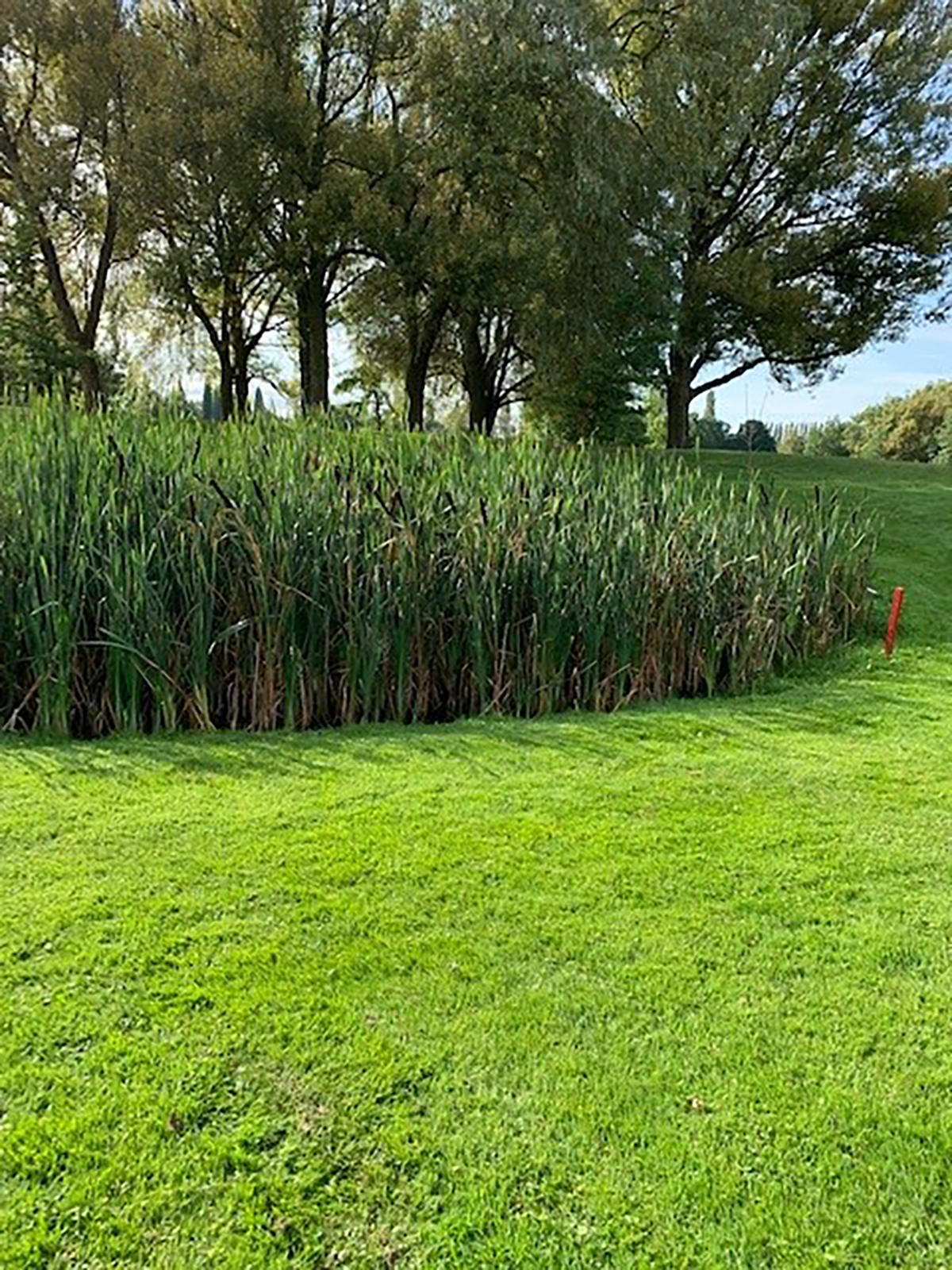
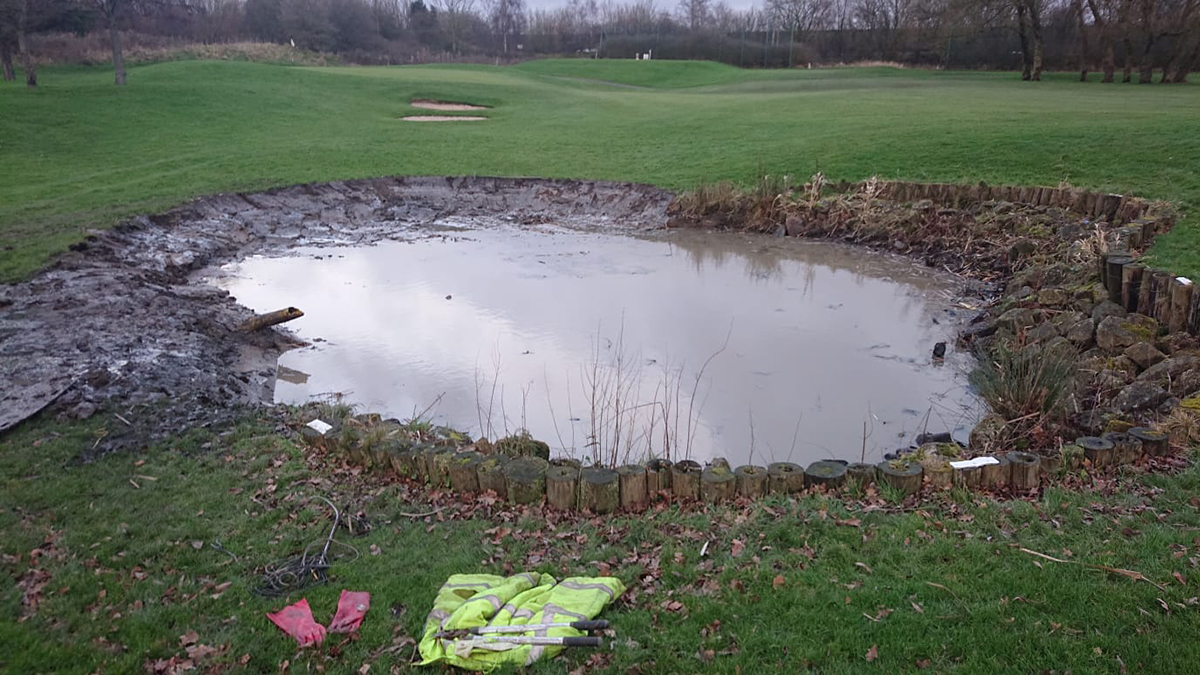
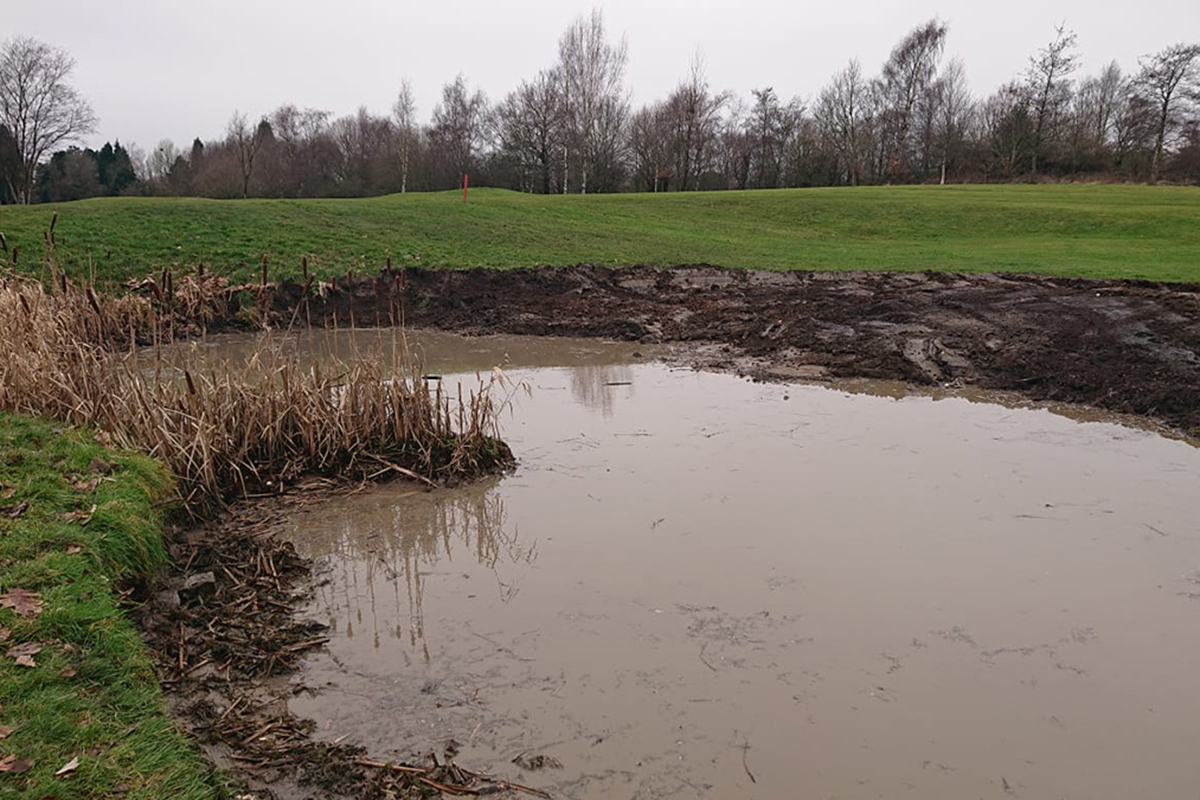
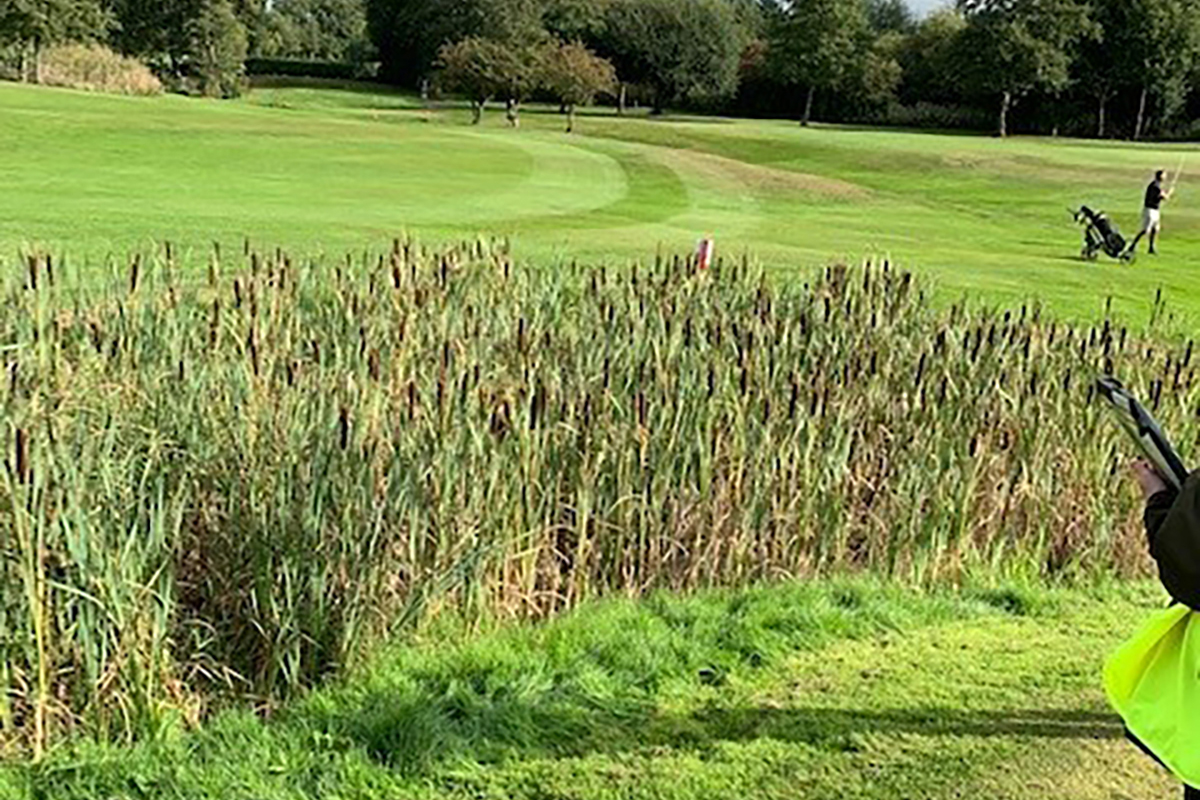
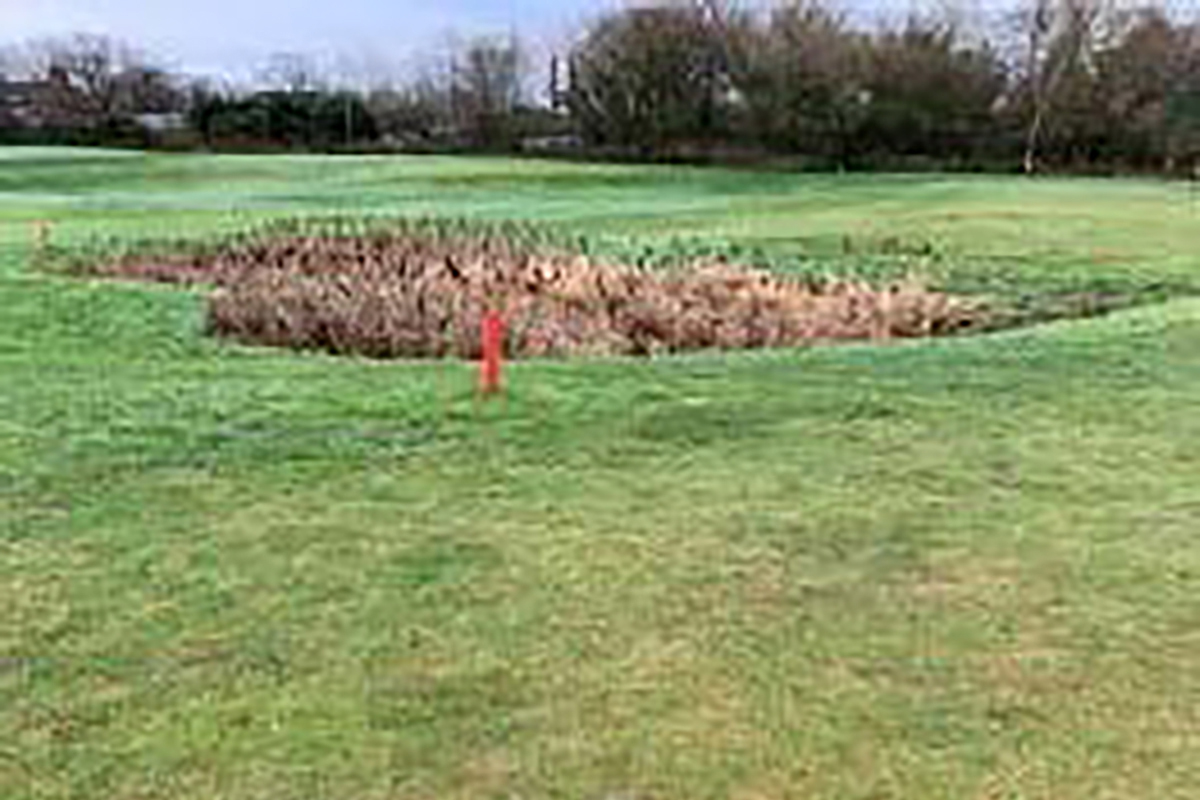
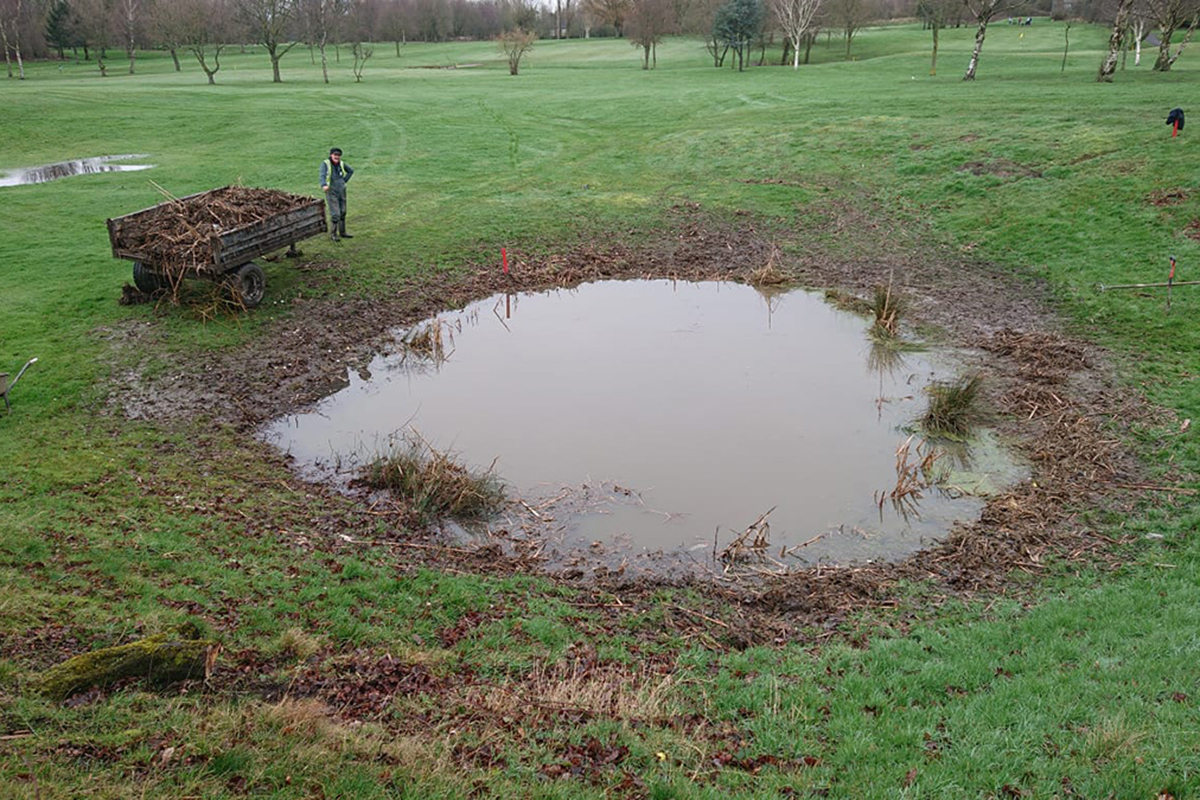
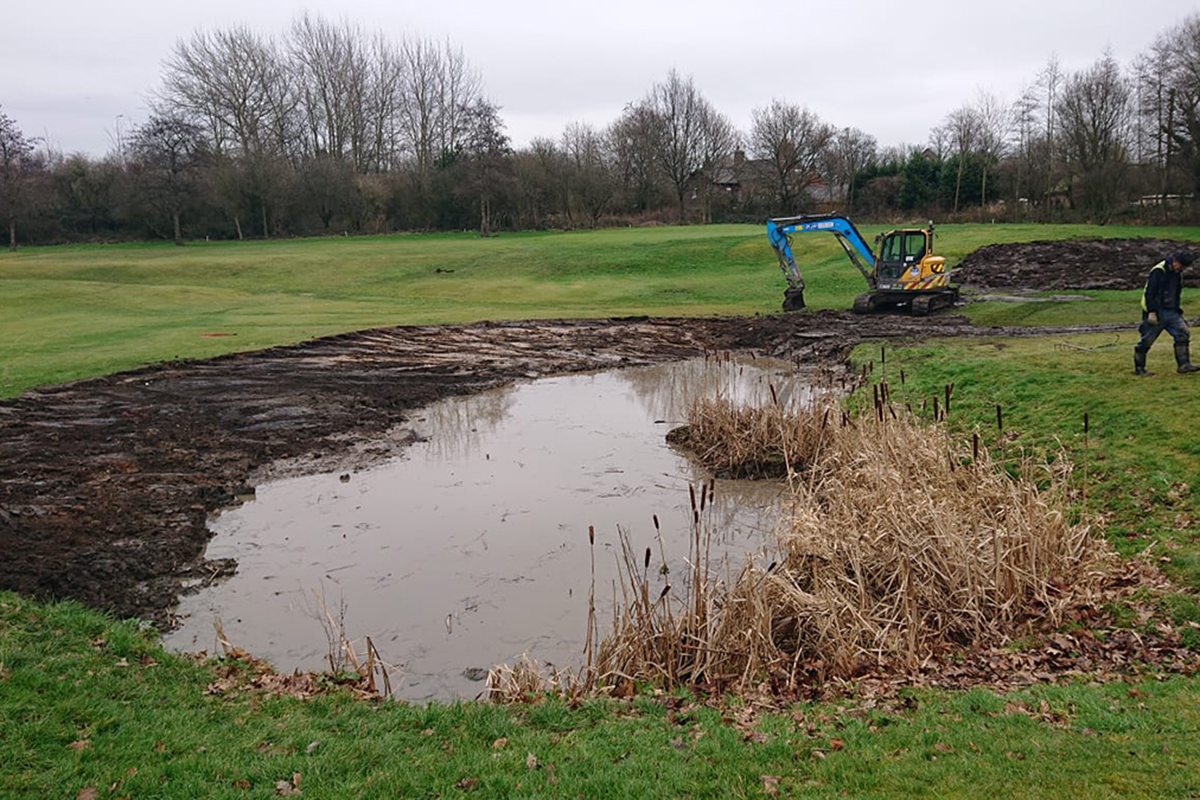
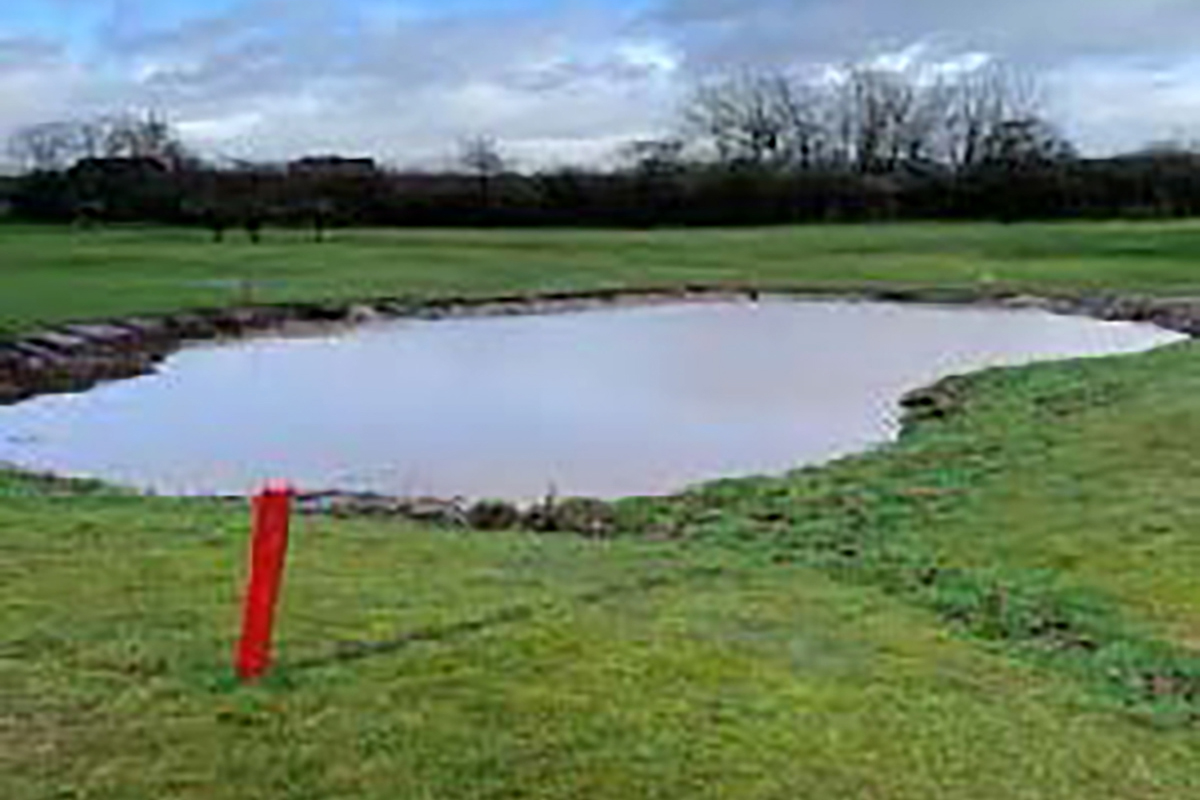
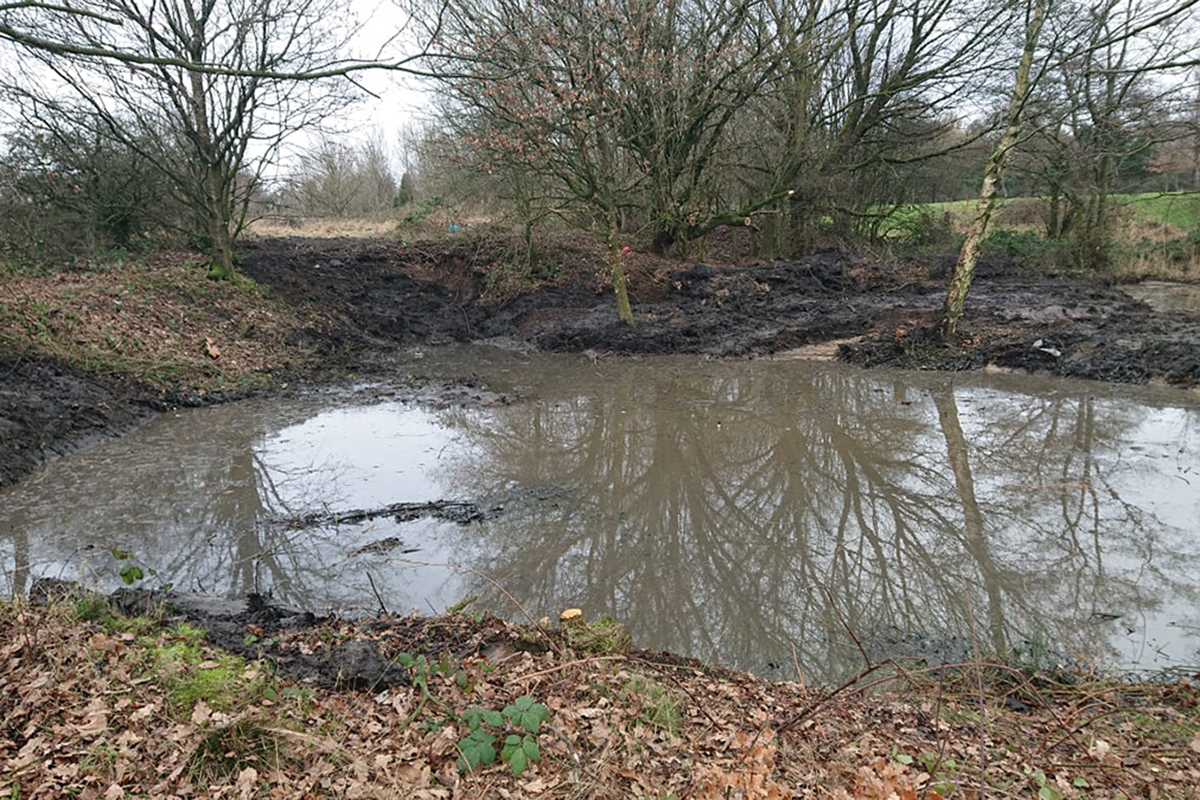
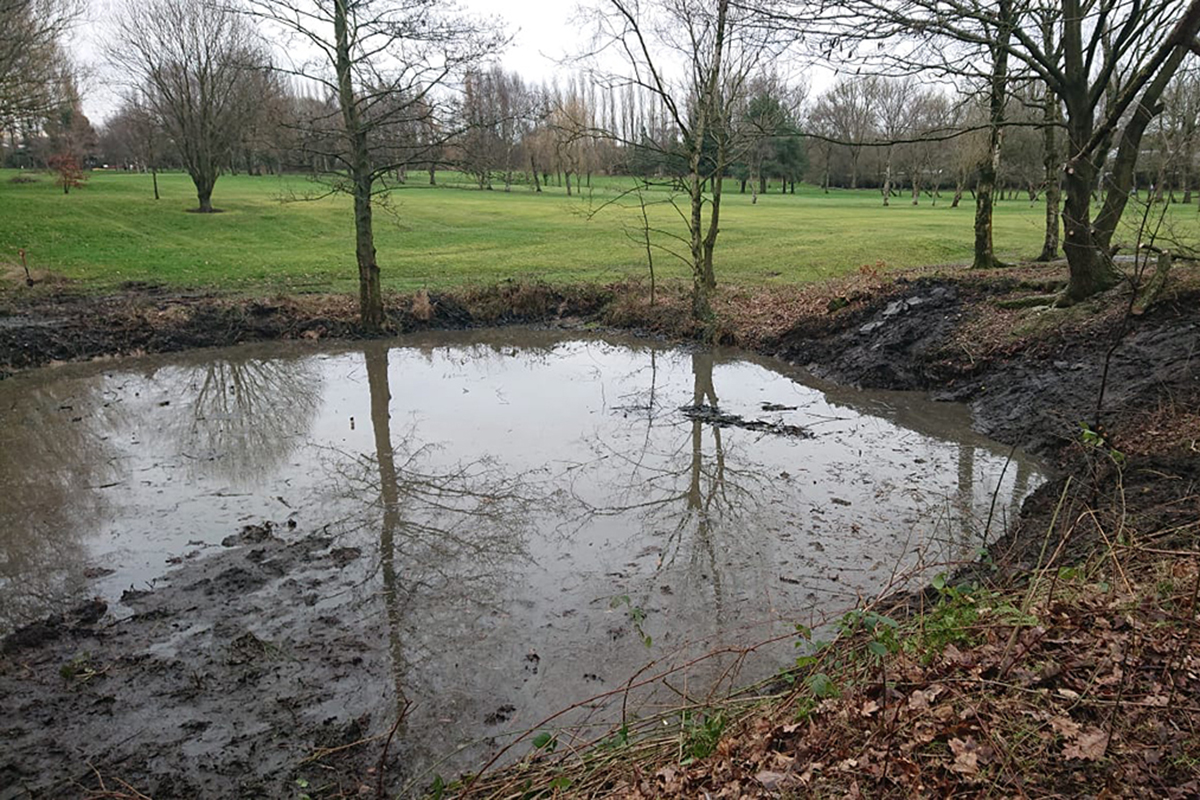
Start a conversation with us today

If you wish to sign up to our quarterly newsletter, please fill out the subscription below.
